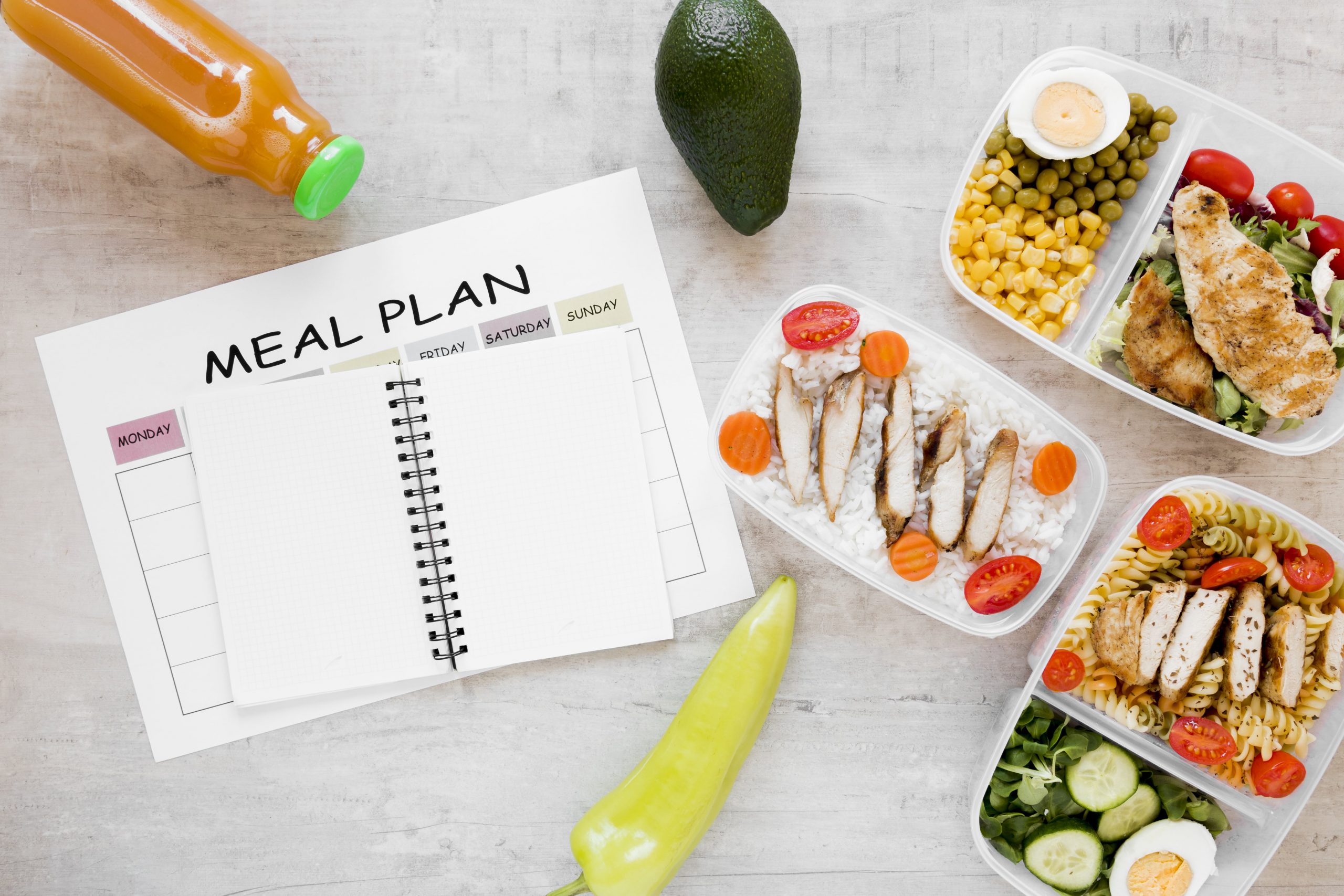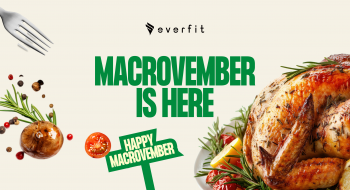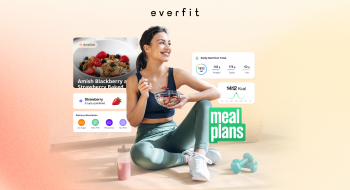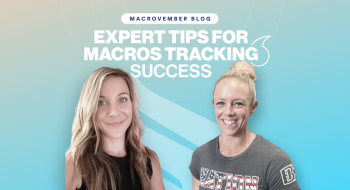A meal plan is a great way to improve one’s diet. After all, planning meals and snacks in advance increases the chances of making healthier food choices, and you also get to control your portions. Aside from these benefits, you can also make meal plans more appealing to your clients by promoting the financial perks. Because you get to plan your grocery list, you can buy items in bulk and avoid impulse buys. On top of this, Brown School Research Assistant Professor Rachel Tabak lists even more benefits of meal planning — including saving time since you won’t have to think about what to eat and prepare as much.
That being said, here are some tips to help you create a meal plan that your clients will actually follow.
1. Assess your client

You want your meal plan to benefit your client in their fitness journey. To do this, you’ll need to know their goals. Do they want to lose weight? Build muscle? Go over your client’s nutrition history with them. Ask if they’ve previously tried any sort of diet, and if they have any allergies and preferences. Also take into account their budget and available time they have to spend on buying and preparing food.
2. Make a flexible meal plan
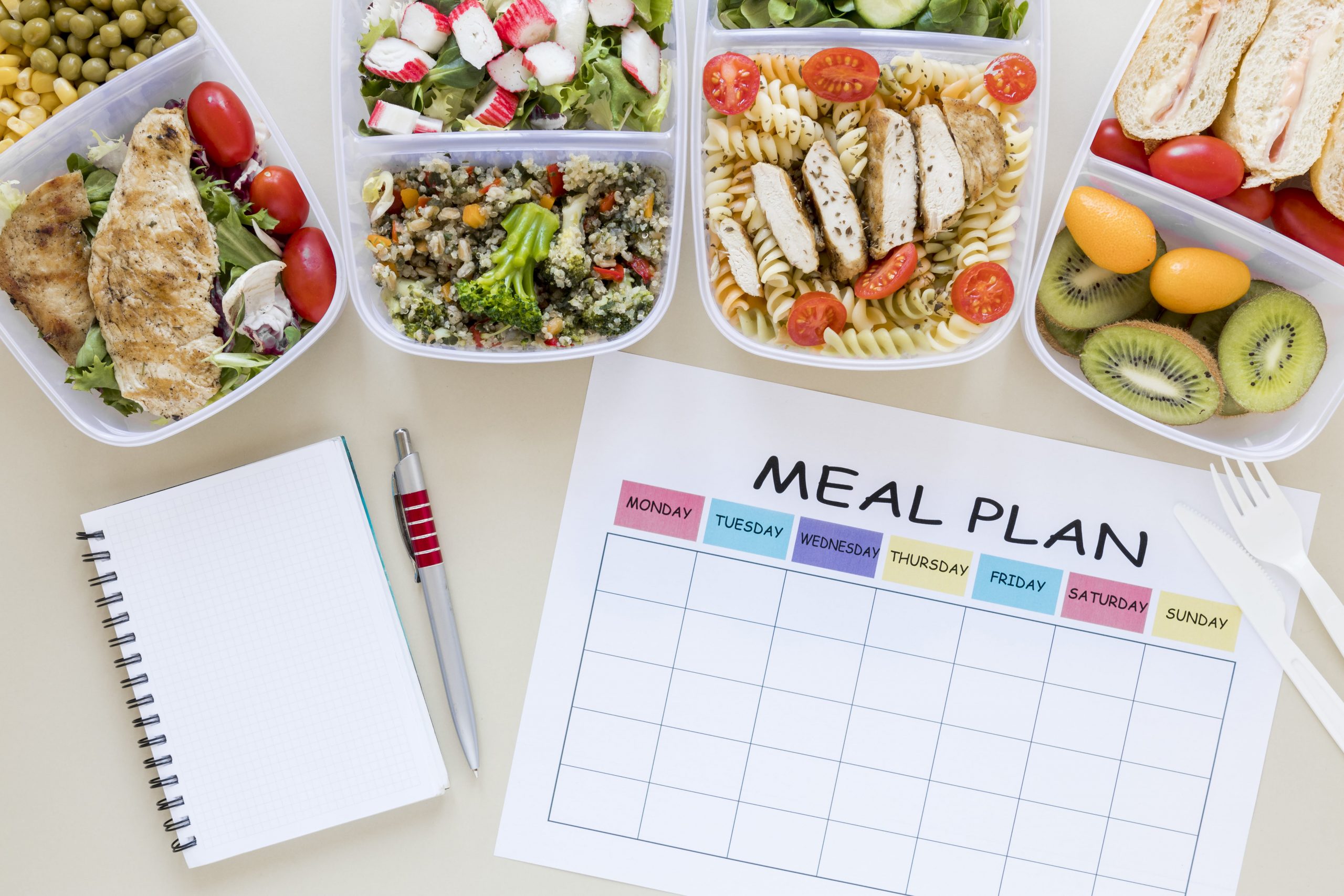
You’ll have to think of a strategy that works best for each client — whether it means counting strict calories, flexible portion sizes, or focusing on eating whole foods. However, clients will also have different preferences. Some may want a more rigid meal plan to achieve a very specific goal. In this case, you’ll have to be the one to select what meals and snacks they’ll be preparing. Other clients, however, will appreciate a wide variety of meal and snack options they can choose from. Healthline’s article on flexible dieting shows that this flexibility in eating helps clients have a healthy and positive relationship with food. You can also suggest some apps to make it easier for both of you to track their progress. For example, using Everfit macro tracking, you can set your client’s macro goals by filling in protein, carbs, fat, and such for each meal. If your client has been using MyFitnessPal, they can sync it to Everfit so they won’t have to log their meals and other nutritional information twice.
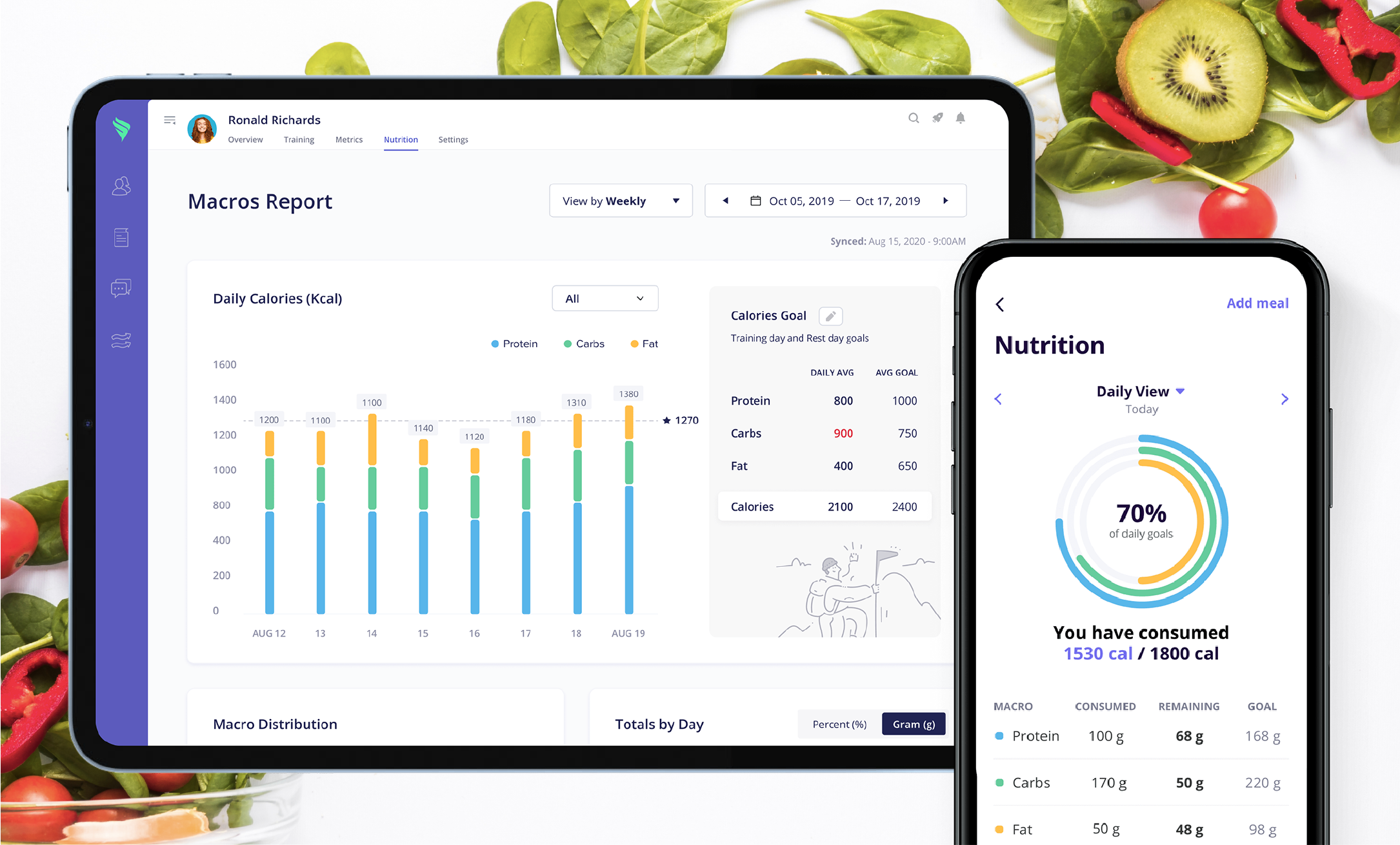
3. Include supplements that can boost your client’s performance
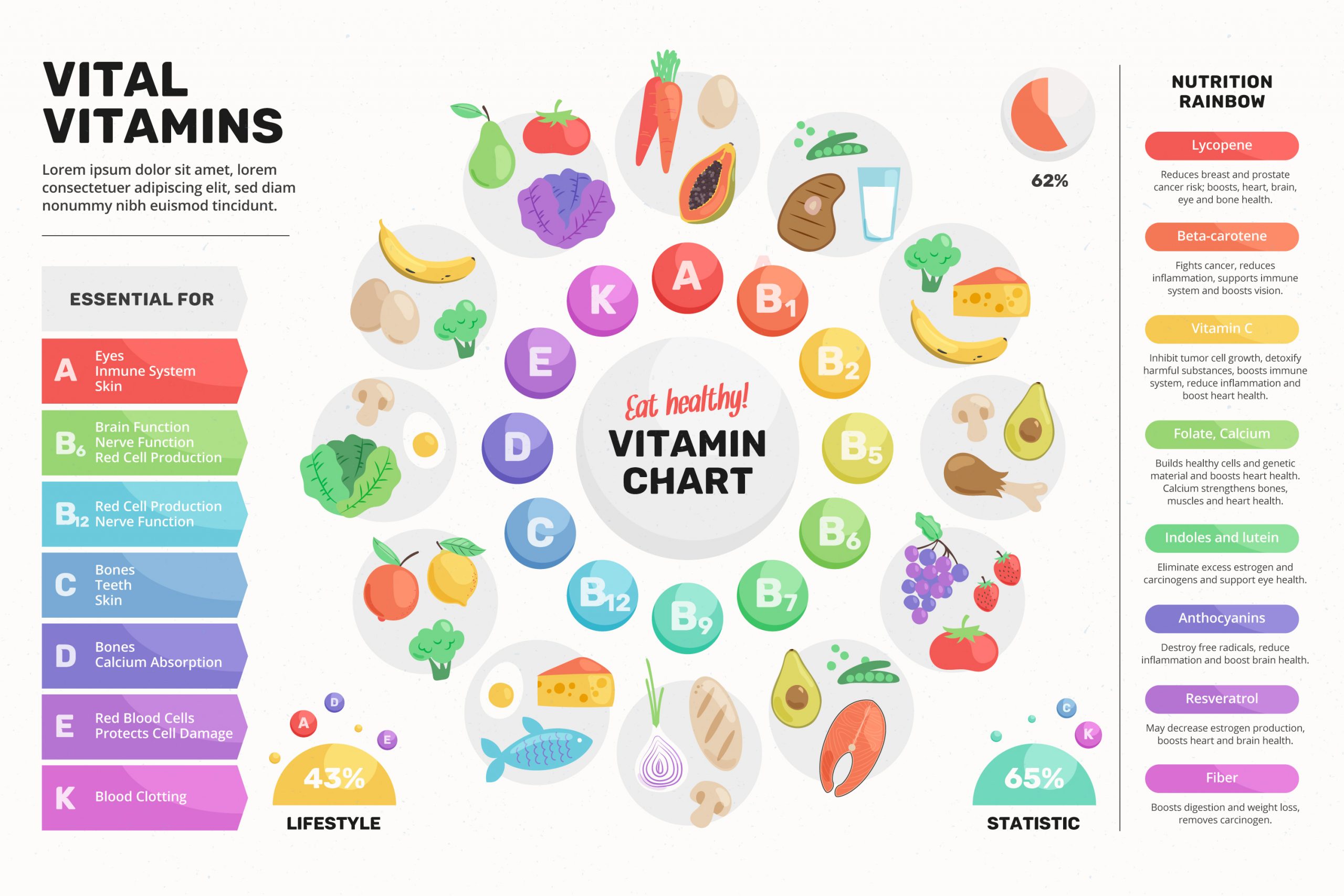
Many fitness pros use supplements to achieve their fitness goals. Even people who don’t have athletic lifestyles take them to support their nutrition. If you feel like your client may benefit from this, you can incorporate various dietary supplements in their meal plan. One example of this are collagen supplements, which aid in muscle repair and recovery. In addition, Pretty Me’s review of Frozen Collagen supplements highlights how collagen supplements can detoxify the body and make skin more flexible so it’s not as prone to injury. Another example are vitamin D supplements, which are good for the skin as well and can boost calcium and bone health. When combined with a diet of healthy fats and fish, Greatist’s review of Sports Research Vitamin D3 notes that vitamin D can be better absorbed by the body.
4. Suggest recipes and a shopping list

Old habits can be tough to break, especially if the client isn’t used to the diet they’re doing. You can help ease them into it by suggesting simple recipes first and giving them a ready shopping list. This helps break the stereotype that meal plans, whether rigid or not, are hard to follow. Your client will be able to stick with the new and healthy habits much easier. Sometimes, clients might not be sure if they’re correctly following your advice and plan. In that case, Everfit’s food journal lets them post photos of their food and you can give them instant feedback. You can think of it as Instagram for meal plans.

Meal plans can be perfect on paper, but it won’t do any good if your client doesn’t like it. They probably won’t make radical changes to their lifestyle and diet overnight, but you can encourage them to stick to the meal plan by patiently explaining to them the reasons behind it. You can also send them tasks through the Everfit app. These can range from new recipes and shopping lists to health articles. You can also use it to simply remind them about their water intake and upcoming check-ins. If your clients feel like this isn’t just a job to you and that you really want them to succeed, it can also motivate them to push through with the meal plans you created for them. On that note, you can check out our previous article on Everfit for tips on how to keep in touch with your clients amid the pandemic.
Collaborate with JBreeden




